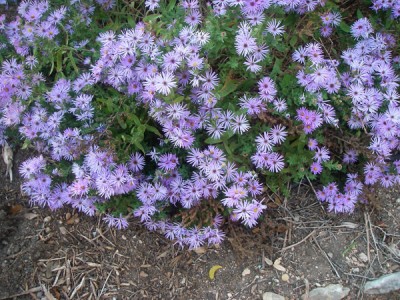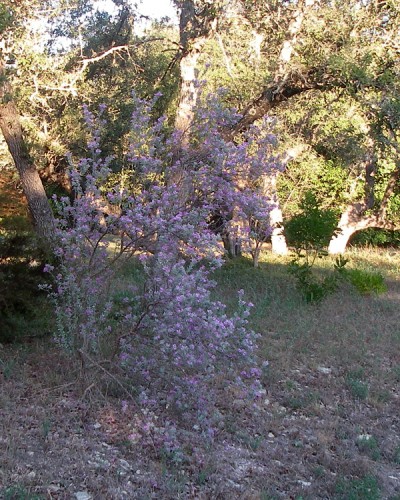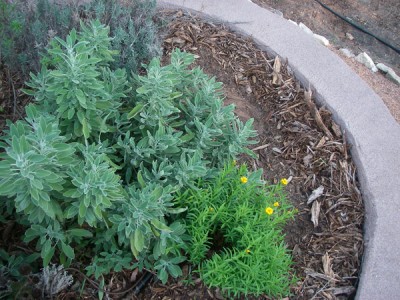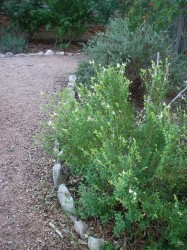
Fall aster
As I mentioned before, Fall is the best time for gardening and to get your garden ready for the Spring. That is, if you live in Central Texas. And with the recent extreme drought and hot weather, I was finally able to witness once and for all which of our plants were truly drought-tolerant. Here is a list of my favorites and how much water I gave them – none (0), a deep watering once a week per city watering schedule (1x), or twice a week where I spot-watered a few chosen plants in the mix (2x).
- herbs (1x) – rosemary, thyme, sage, Mexican mint marigold, chives, Mexican oregano, mint, lavender, basil (2x)
- roses (2x) – the antique rose varieties and a few modern roses are hardier than they’re given credit for. I have a lot to say on them so I’ll defer that to a later post.
- salvias (1x) – (Autumn sage or salvia greggii) tough perennial that provides year-round color. Its flowers come in a variety of shades. These are my favorites of the sage family.
- Fall aster (1x) – the plants themselves aren’t very pretty but it provides great soil cover and the Fall bloom is spectacular, attracting lots of bees.
- Texas native trees or large shrubs (0) – Before we moved here, the previous tenants had cleared the area of all trees except the oaks. Leaving only oak trees is a very common practice around here. While they’re wonderful trees, such mono-culture makes them more vulnerable to disease as we’ve seen from all the oak wilt cases around town. This is just my opinion though. There have been no research that I know of that link the two, but there are plenty of research in other areas (farming, grasses) that show that a diversity of plants is more disease-resistant and healthier for the soil/environment.
- cenizo sage – These are most often seen as bushes as they are easy to trim and shape. But left alone, they can grow to a nice, sizeable height. After our only heavy rain in early October, these bushes burst forth with beautiful lavender colored flowers.
- mountain laurel – I’ve seen these as hedges and small trees. Evergreen, extremely drought-tolerant once established, beautiful frangrant flowers in the Spring. About 8 years ago, my husband decided to grow them from seed. Several of these seedlings are now bushes that range in height from about 2 to 5 feet. Aside from the first few months after they sprouted, we have not watered any of them. It is one tough plant. Its only drawback is how slow they grow but you can always speed that up by giving them extra water.
- Texas remote pinyon – you don’t see a lot of these around here but you can find clusters of them at the Kickapoo Caverns State Park (though I’ve never been). We bought ours in San Antonio about 6 years ago. This one is an even slower grower than the mountain laurels. Another drawback is that we have to keep a fence around them or else will rub their antlers on them. I only hope to see the day when these pine trees reach 25 feet

cenizo sage with the purple flowers; two mountain laurels to its right, from seedlings

Mexican mint marigold (with the yellow flowers), sage, lavender (in the back)

salvia with the white flowers; rosemary just behind; rose bushes in the back row, still attractive even without the flush of roses


